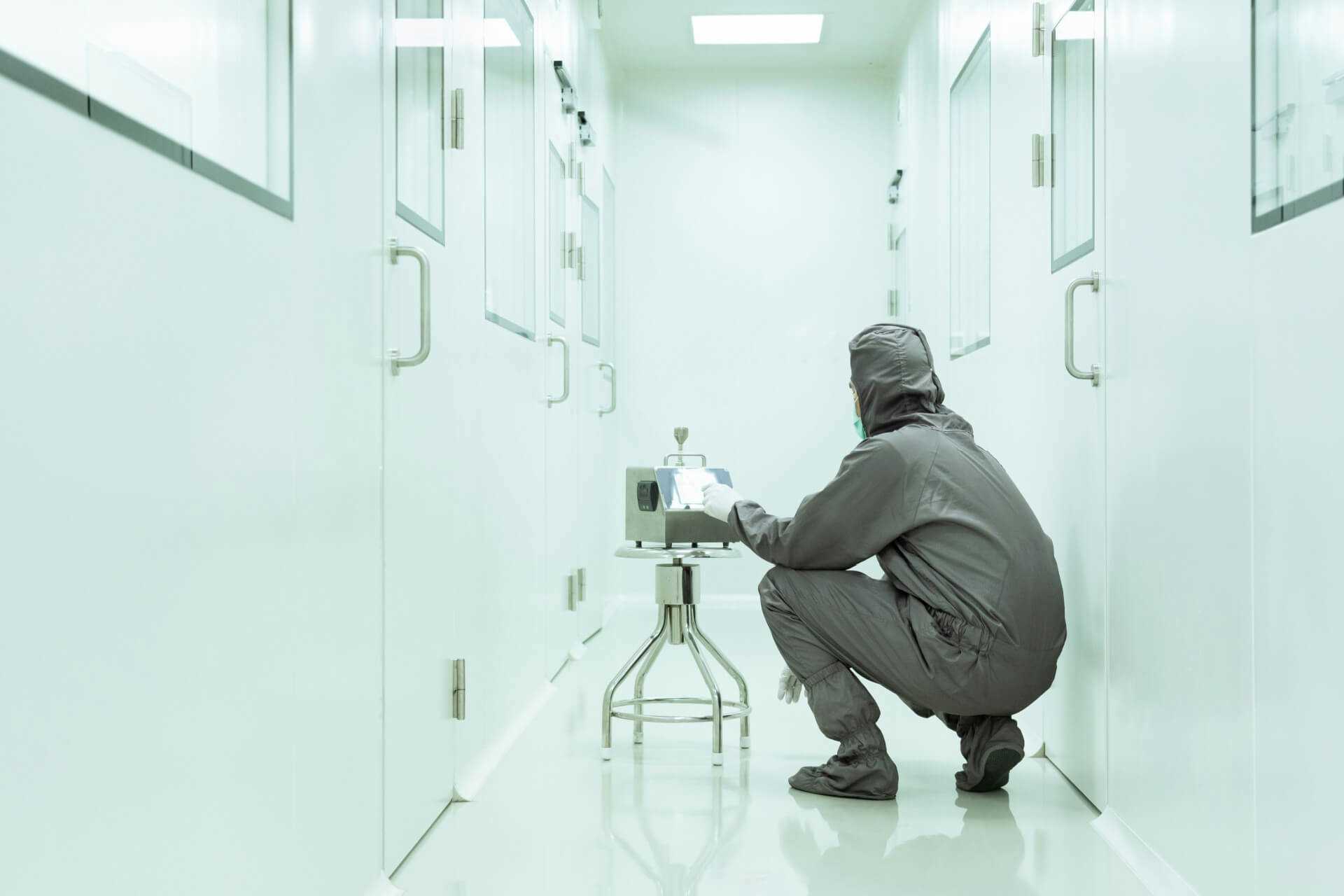
The Importance of Airflow Patterns in Cleanroom Design
Airflow management is pivotal in cleanroom design as it significantly impacts the ability to control contaminants and maintain the required cleanroom standards. Proper airflow patterns ensure that particles are swept away from the production or critical areas and are efficiently filtered out of the environment. This blog post will dissect the strategic implementation of airflow patterns and how they contribute to effective contamination control.
Basics of Airflow Design
The design of airflow patterns in a cleanroom is tailored to the specific needs of the operations conducted within the space. The goal is to minimize the presence and movement of particulates that could potentially contaminate products or processes.
• Laminar or Unidirectional Airflow: This type of airflow moves at a uniform speed and direction, creating a continuous flow of air that captures particles and drives them towards filtration systems. It is ideal for highly sensitive environments where even minimal contamination can lead to significant losses.
• Turbulent or Non-unidirectional Airflow: More common in less critical environments, turbulent airflow uses randomized air currents to dilute airborne contaminants with clean air, relying on high rates of air changes to maintain cleanliness standards.
Engineering Considerations for Effective Airflow
• Airflow Volume and Velocity: Determining the correct volume and velocity of air is crucial to ensure that it adequately sweeps away particles without disrupting sensitive processes or equipment.
• Air Change Rates: The frequency with which the entire volume of air within the cleanroom is replaced is a key design parameter that needs to be optimized based on the cleanliness classification and operational requirements.
• Filter Placement: Strategic placement of HEPA and ULPA filters is critical in maximizing the effectiveness of the chosen airflow pattern. Filters must be positioned to support the airflow design and ensure complete coverage of the space.
Impact of Airflow on Cleanroom Operations
• Temperature and Humidity Control: Airflow patterns also affect the ability to maintain consistent temperature and humidity levels, which are crucial for many manufacturing processes, particularly in the pharmaceutical and biotech industries.
• Cross-contamination Prevention: Properly designed airflow systems help prevent cross-contamination between different areas within the cleanroom, especially when handling multiple products or varied operational stages.
Optimizing Airflow Patterns with Computational Fluid Dynamics (CFD)
• Simulation and Modeling: Utilizing CFD to simulate airflow patterns in the design phase allows engineers to predict how air will move through the cleanroom, identifying potential issues before they become problematic.
• Iterative Optimization: By modeling different scenarios, designers can iteratively adjust the layout of the cleanroom, the placement of equipment, and the configuration of air handling systems to achieve the optimal airflow characteristics.
Challenges and Solutions in Airflow Management
• Integration with Existing Structures: Retrofitting efficient airflow patterns into existing cleanrooms can be challenging. Solutions often involve creative use of modular systems and reevaluation of equipment placement.
• Maintaining Balance: Balancing the cleanroom’s internal environment requires continuous monitoring and adjustments to airflow settings, especially in response to changes in layout or production processes.
The design of airflow patterns is a foundational aspect of cleanroom engineering, critical for ensuring that the environment meets the stringent requirements for contamination control. By employing advanced simulation tools and adhering to established design principles, cleanroom engineers can create effective and efficient spaces that support the precise needs of their operations.
